Home>Home Appliances>Home Automation Appliances>How To Get Alexa To Only Respond To Your Voice


Home Automation Appliances
How To Get Alexa To Only Respond To Your Voice
Published: January 3, 2024
Learn how to set up Alexa to recognize only your voice for better home automation control. Follow these steps to personalize your smart home experience.
(Many of the links in this article redirect to a specific reviewed product. Your purchase of these products through affiliate links helps to generate commission for Storables.com, at no extra cost. Learn more)
Introduction
Welcome to the era of smart home technology, where voice-activated virtual assistants like Amazon's Alexa have revolutionized the way we interact with our living spaces. With the ability to control various devices, play music, provide information, and even tell jokes, Alexa has become an indispensable part of many households. However, one common concern among Alexa users is ensuring that the device responds only to their voice commands, especially in shared living spaces.
In this comprehensive guide, we will delve into the intricacies of Alexa's voice recognition capabilities and provide step-by-step instructions on how to set up and train Alexa to respond exclusively to your voice. Whether you live with roommates, family members, or simply want to enhance the security of your smart home, mastering the art of personalized voice recognition with Alexa will undoubtedly elevate your user experience.
So, grab your favorite beverage, settle into a comfortable spot, and let's embark on this journey to unlock the full potential of Alexa's voice recognition features. By the end of this guide, you'll be equipped with the knowledge and skills to ensure that Alexa responds to your voice and yours alone, transforming your smart home experience into a truly personalized and tailored environment.
Key Takeaways:
- Personalized voice recognition with Alexa allows you to train the device to respond only to your voice, creating a tailored and secure smart home experience.
- By setting up voice profiles and actively participating in the voice training process, users can ensure that Alexa recognizes and responds to their voice commands with precision and reliability.
Understanding Alexa Voice Recognition
At the heart of Alexa’s remarkable capabilities lies its advanced voice recognition technology. Alexa utilizes a sophisticated blend of machine learning, natural language processing, and artificial intelligence to understand and respond to user commands. When you speak to Alexa, the device captures your voice and analyzes the unique characteristics of your speech, such as pitch, tone, and cadence, to create a voice profile.
One of the key components of Alexa’s voice recognition system is its ability to distinguish between different voices. This feature enables Alexa to identify individual users within a household, providing a personalized experience for each person. By recognizing specific voice patterns, Alexa can tailor its responses, preferences, and settings to match the unique requirements of each user, delivering a truly customized interaction.
It’s important to note that Alexa’s voice recognition is designed to adapt and improve over time. As you interact with the device and issue commands, Alexa continuously refines its understanding of your voice, enhancing its accuracy and responsiveness. This iterative learning process is fundamental to the seamless and intuitive nature of Alexa’s voice recognition capabilities.
Furthermore, Alexa’s voice recognition extends beyond basic user identification. The technology enables the device to discern between background noise and intentional commands, ensuring that it accurately captures and processes user input even in noisy environments. This robust noise cancellation and voice isolation feature contribute to Alexa’s ability to maintain clear communication and deliver reliable performance regardless of the surrounding acoustic conditions.
In essence, Alexa’s voice recognition represents a sophisticated amalgamation of cutting-edge technologies, empowering the device to understand, differentiate, and adapt to the diverse voices and speech patterns it encounters. This foundational understanding sets the stage for the implementation of voice profiles and the personalized voice training process, which we will explore in the subsequent sections.
Setting Up Voice Profiles
Creating distinct voice profiles for individual users is a pivotal step in customizing the voice recognition capabilities of Alexa. Voice profiles enable Alexa to differentiate between users and provide tailored experiences based on their unique preferences and settings. To set up voice profiles, follow these simple steps:
- Access the Alexa App: Begin by opening the Alexa app on your smartphone or tablet. Ensure that you are logged in to the Amazon account associated with your Alexa device.
- Select ‘Settings’: Navigate to the settings menu within the Alexa app to access a range of configuration options for your device.
- Choose ‘Your Voice’: Look for the ‘Your Voice’ or ‘Voice Profiles’ option within the settings menu. This is where you can initiate the process of setting up voice profiles for different users.
- Add New Profile: Select the option to add a new voice profile. You may be prompted to provide the names of the individuals for whom you wish to create voice profiles.
- Follow the Prompts: Alexa will guide you through the process of creating voice profiles for each user. This typically involves having the user speak a series of phrases to allow Alexa to capture and analyze their unique voice characteristics.
- Verification: Once the voice profiles are established, Alexa may prompt users to verify their profiles by issuing specific commands or responding to personalized questions.
Upon completing these steps, each user will have a dedicated voice profile associated with their Amazon account. This enables Alexa to recognize and respond to the distinct voices of different users, offering a seamless and personalized experience for everyone in the household.
It’s important to note that the process of setting up voice profiles may vary slightly based on the specific model of your Alexa device and the version of the Alexa app. Always refer to the official documentation or help resources provided by Amazon for detailed instructions tailored to your device.
With voice profiles in place, Alexa is poised to deliver a more personalized and user-centric experience, ensuring that each individual’s preferences, settings, and interactions are uniquely tailored to their voice and identity.
Training Alexa to Recognize Your Voice
Once voice profiles have been set up, the next crucial step is to train Alexa to accurately recognize and respond to your voice commands. This training process further refines the device’s ability to discern your voice amidst other ambient sounds and voices. Follow these steps to train Alexa to recognize your voice:
- Voice Training Mode: Begin by accessing the voice training mode within the Alexa app. This mode is designed to capture and analyze your voice patterns to enhance recognition accuracy.
- Select Your Profile: Choose your designated voice profile within the Alexa app to initiate the training process specific to your voice.
- Follow Voice Prompts: Alexa will provide instructions for the training process, typically involving the repetition of specific phrases or commands. It’s essential to follow these prompts in a clear and natural manner to facilitate accurate voice capture.
- Repeat as Directed: Alexa may prompt you to repeat phrases multiple times to ensure comprehensive voice analysis. This repetition aids in refining the device’s understanding of your unique voice characteristics.
- Verification and Confirmation: Once the training process is complete, Alexa may request verification by asking you to issue specific commands or respond to personalized questions. This step serves to confirm the accuracy of the voice training.
It’s important to conduct the voice training process in a quiet environment to minimize background noise and distractions. This allows Alexa to focus on capturing and analyzing your voice with optimal precision, contributing to more reliable and accurate voice recognition outcomes.
Furthermore, regular interaction with Alexa and the consistent use of voice commands contribute to the ongoing refinement of the device’s voice recognition capabilities. As you continue to engage with Alexa, it adapts to your speech patterns and preferences, further enhancing its ability to understand and respond to your voice commands effectively.
By actively participating in the voice training process and engaging with Alexa on a regular basis, you play a pivotal role in shaping the device’s ability to recognize and cater to your unique voice, ultimately leading to a more personalized and seamless smart home experience.
Enable the “Voice Profile” feature in the Alexa app to train Alexa to recognize and respond only to your voice. This can help prevent others from accessing your personal information through Alexa.
Troubleshooting and Tips
While setting up voice profiles and training Alexa to recognize your voice usually proceeds smoothly, occasional challenges may arise. Here are some troubleshooting tips and valuable insights to ensure a seamless experience:
Read more: How To Change Voice On Alexa
Troubleshooting:
- Environmental Considerations: Ensure that the environment in which you train Alexa is relatively quiet, as excessive background noise can hinder the accuracy of voice recognition.
- Repeating the Training: If Alexa seems to have difficulty consistently recognizing your voice, consider repeating the voice training process to provide the device with additional voice samples for analysis.
- Check for Updates: Regularly check for software updates for your Alexa device and the associated app, as updates may include improvements to voice recognition algorithms and features.
- Device Placement: Position your Alexa device in a central location within your living space to optimize its ability to capture and process voice commands effectively.
- Resetting Voice Profiles: If issues persist, consider resetting voice profiles and retraining Alexa to recognize your voice, as this can resolve underlying recognition challenges.
Tips for Optimal Voice Recognition:
- Consistent Voice Modulation: When issuing voice commands, strive for a consistent tone and volume to facilitate accurate voice recognition by Alexa.
- Speak Naturally: Avoid over-enunciating or altering your natural speech patterns during voice training, as Alexa’s algorithms are designed to capture and adapt to natural speech nuances.
- Regular Interaction: Engage with Alexa frequently to reinforce the device’s understanding of your voice and speech patterns, promoting continual improvement in recognition accuracy.
- Clear Pronunciation: Emphasize clear pronunciation of words and phrases during voice training and everyday interactions with Alexa to enhance recognition precision.
- Privacy and Security: Maintain awareness of the privacy and security implications of personalized voice recognition, ensuring that sensitive information is safeguarded within your voice profile settings.
By implementing these troubleshooting strategies and adhering to the tips for optimal voice recognition, you can overcome challenges and maximize the effectiveness of Alexa’s personalized voice recognition features, fostering a seamless and responsive smart home environment tailored to your unique voice and preferences.
Conclusion
As we conclude our exploration of personalized voice recognition with Alexa, it’s evident that the ability to train Alexa to respond exclusively to your voice represents a significant advancement in smart home technology. By leveraging voice profiles and actively participating in the voice training process, users can unlock a myriad of benefits and elevate their interaction with Alexa to new heights.
The establishment of voice profiles enables Alexa to differentiate between users, offering tailored experiences and personalized responses based on individual preferences. This not only enhances convenience but also contributes to a more secure and privacy-conscious smart home environment, as Alexa becomes attuned to the specific voices it is designed to recognize.
Moreover, the training process empowers users to actively shape Alexa’s understanding of their voice, fostering improved recognition accuracy and responsiveness. By engaging with the device and adhering to best practices for voice training, users play a pivotal role in refining Alexa’s voice recognition capabilities, ultimately leading to a more intuitive and seamless user experience.
As with any advanced technology, occasional challenges may arise, but with the troubleshooting tips provided, users can navigate potential hurdles and optimize the effectiveness of Alexa’s personalized voice recognition features. By maintaining a focus on environmental considerations, consistent voice modulation, and regular interaction with Alexa, users can ensure that the device consistently recognizes and responds to their voice commands with precision and reliability.
In essence, personalized voice recognition with Alexa transcends the realm of convenience, offering a personalized, secure, and tailored smart home experience. By embracing the capabilities of voice profiles and actively participating in the voice training process, users can harness the full potential of Alexa’s voice recognition technology, transforming their living spaces into harmonized and responsive environments that cater to their unique identities and preferences.
So, as you embark on this journey to personalize your interaction with Alexa, remember that your voice holds the key to unlocking a world of tailored experiences and seamless control within your smart home. Embrace the process, engage with Alexa, and revel in the transformative power of personalized voice recognition.
Frequently Asked Questions about How To Get Alexa To Only Respond To Your Voice
Was this page helpful?
At Storables.com, we guarantee accurate and reliable information. Our content, validated by Expert Board Contributors, is crafted following stringent Editorial Policies. We're committed to providing you with well-researched, expert-backed insights for all your informational needs.
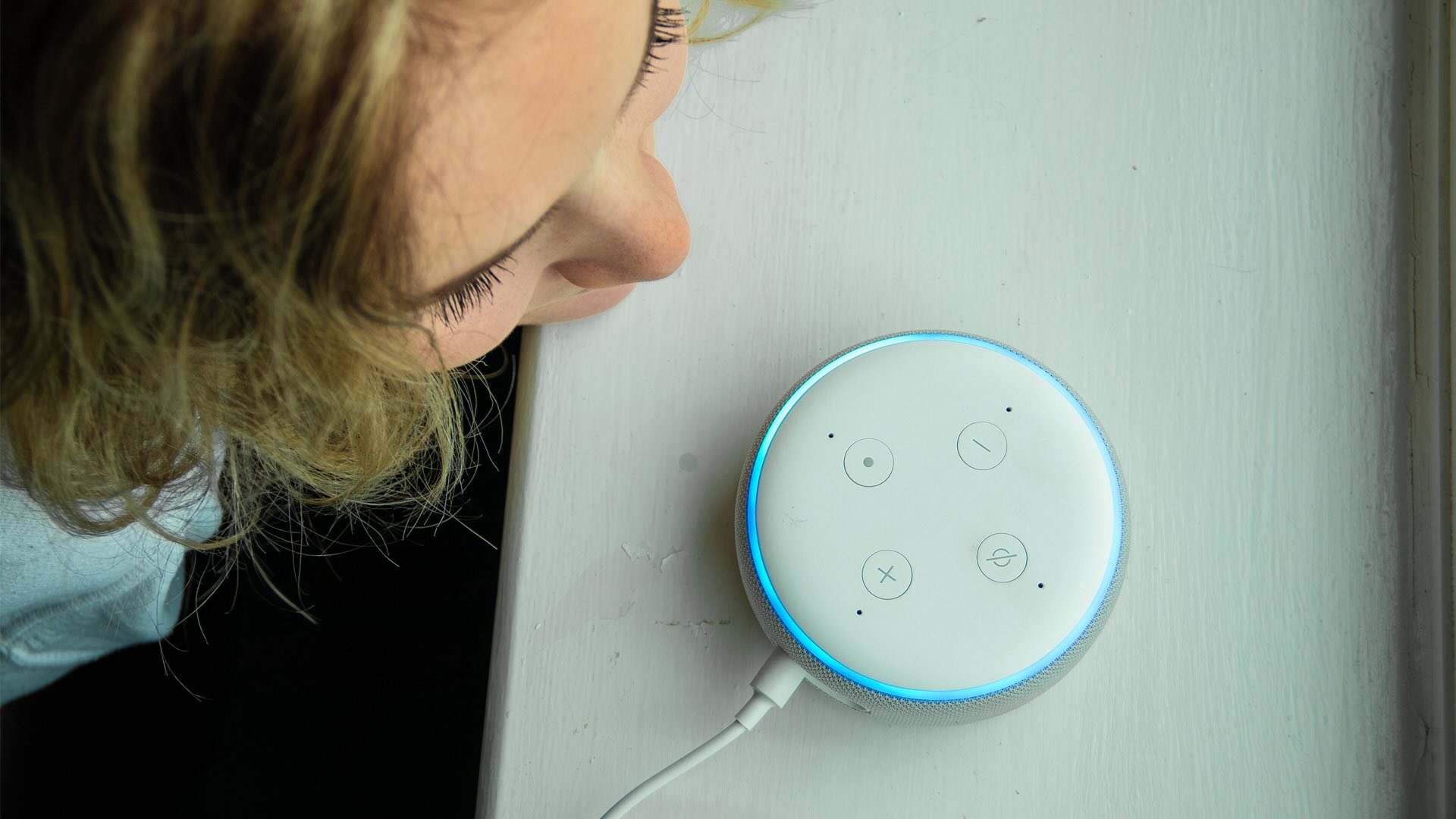
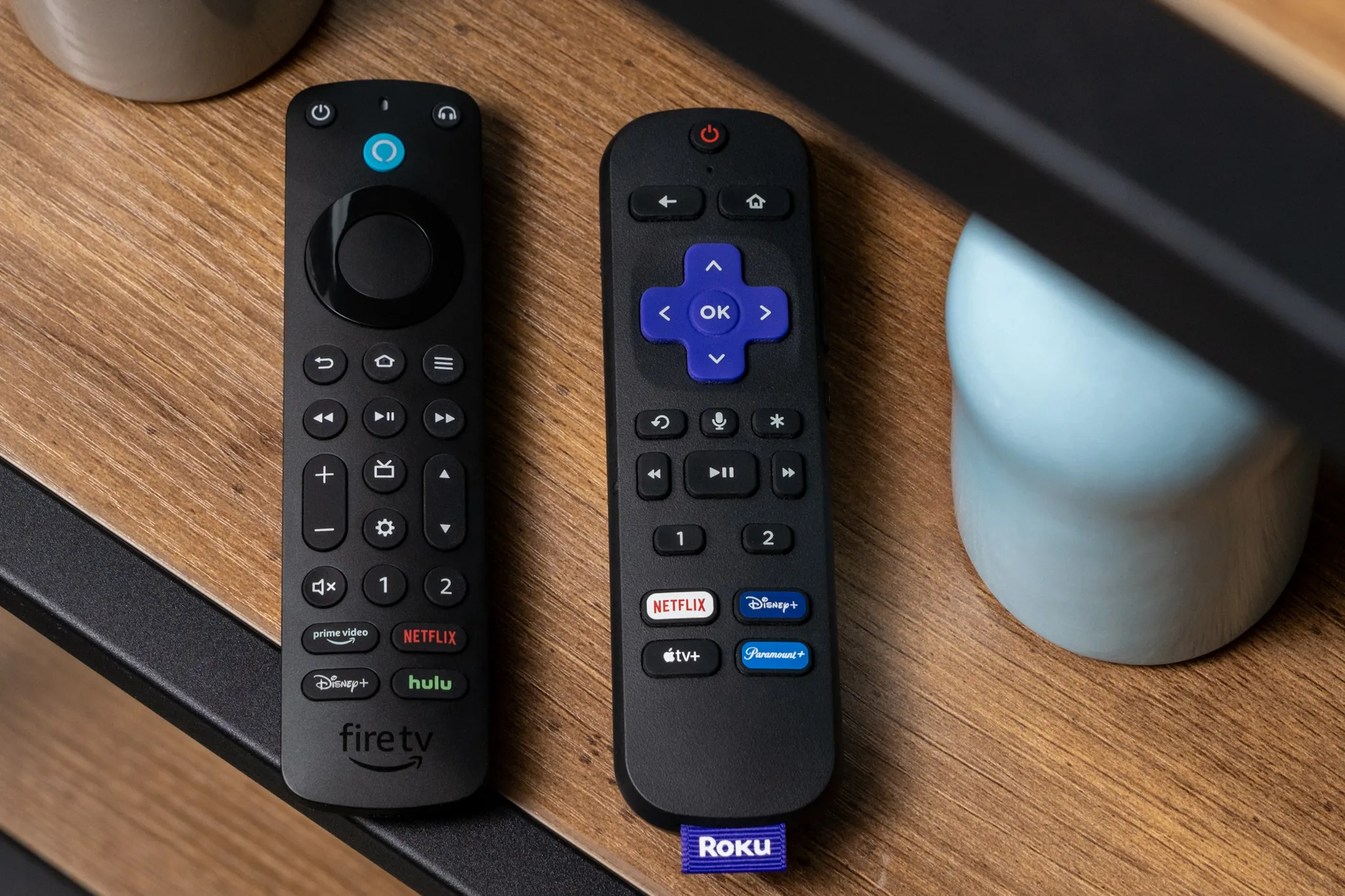
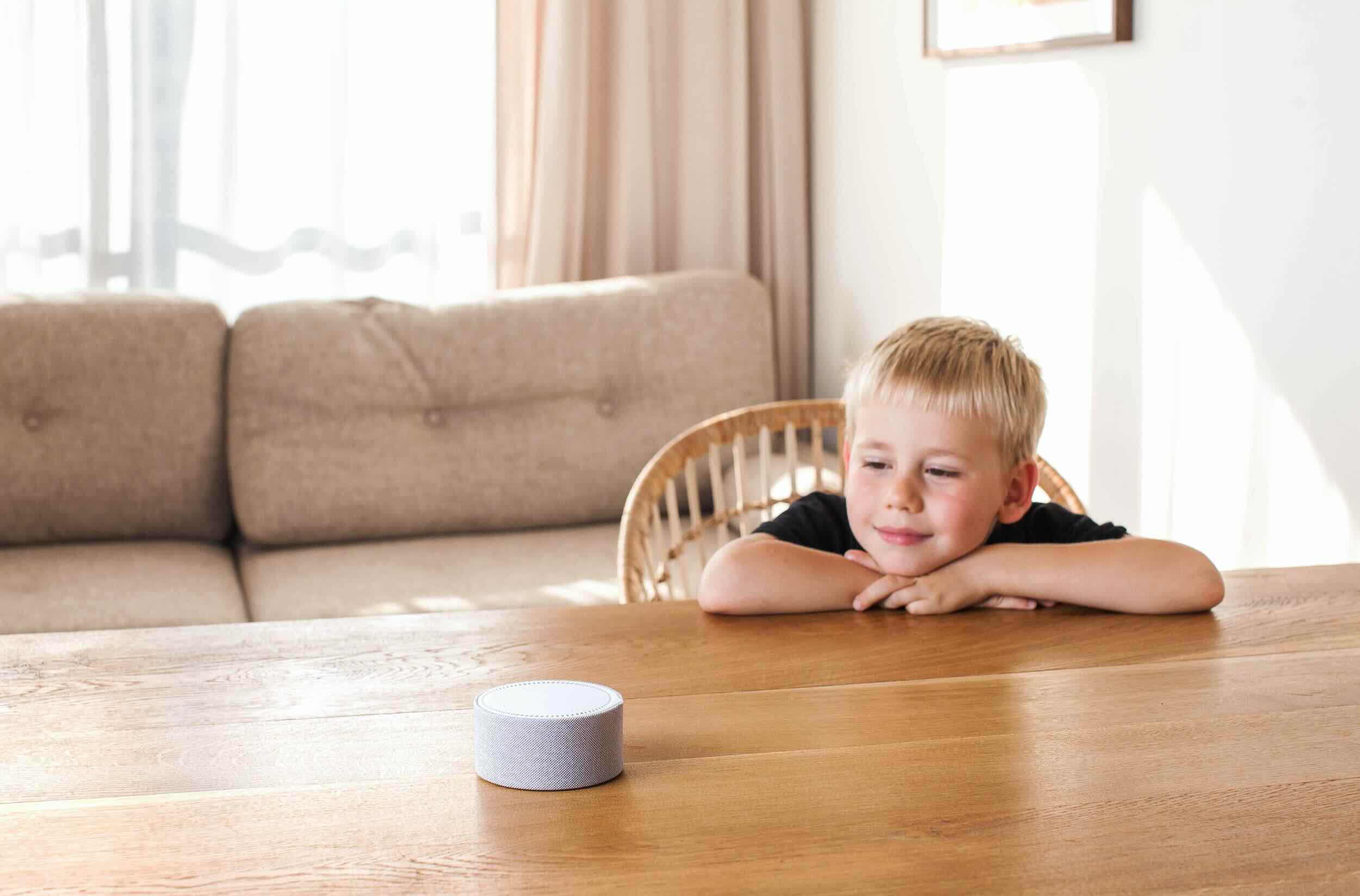

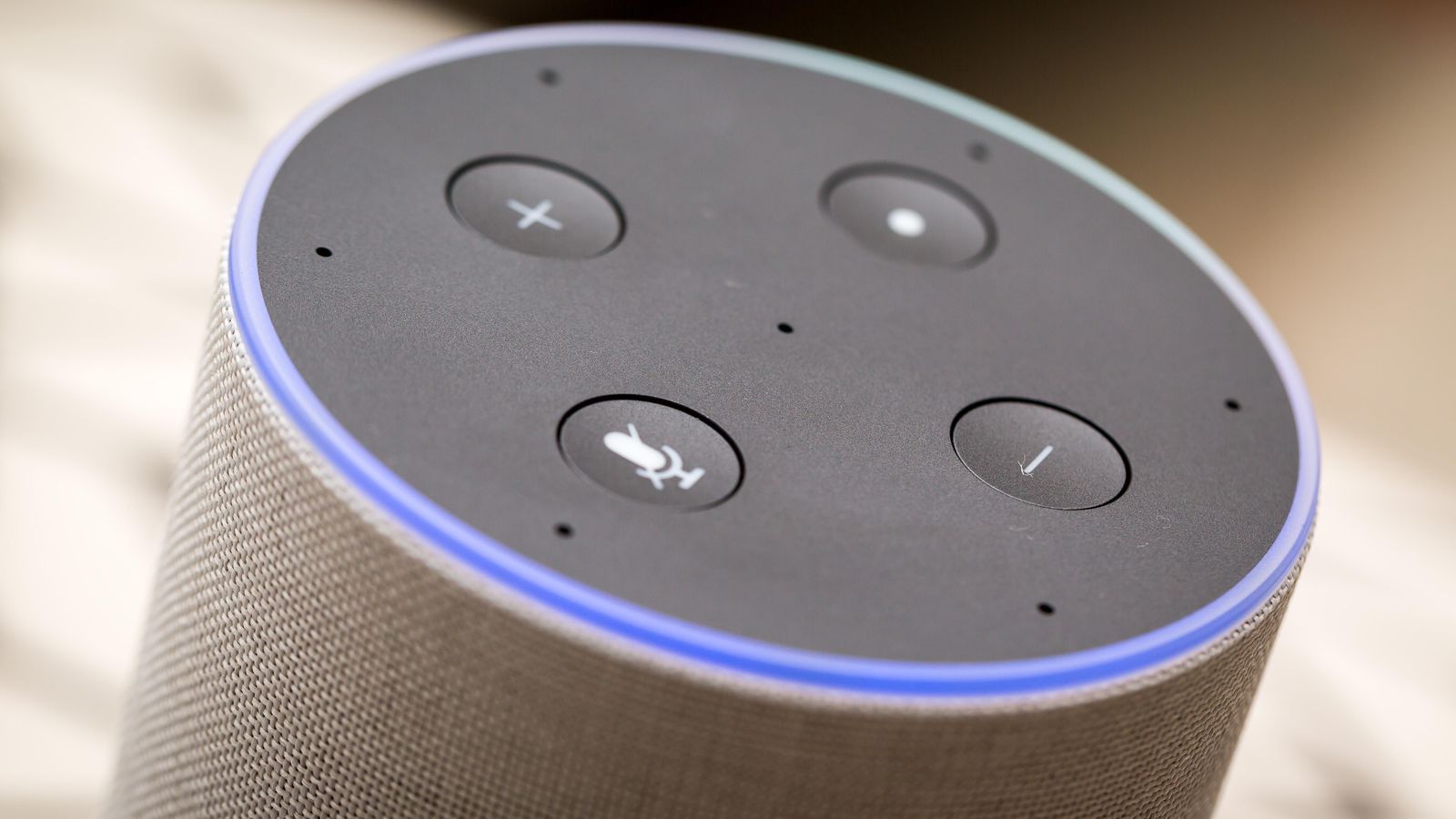
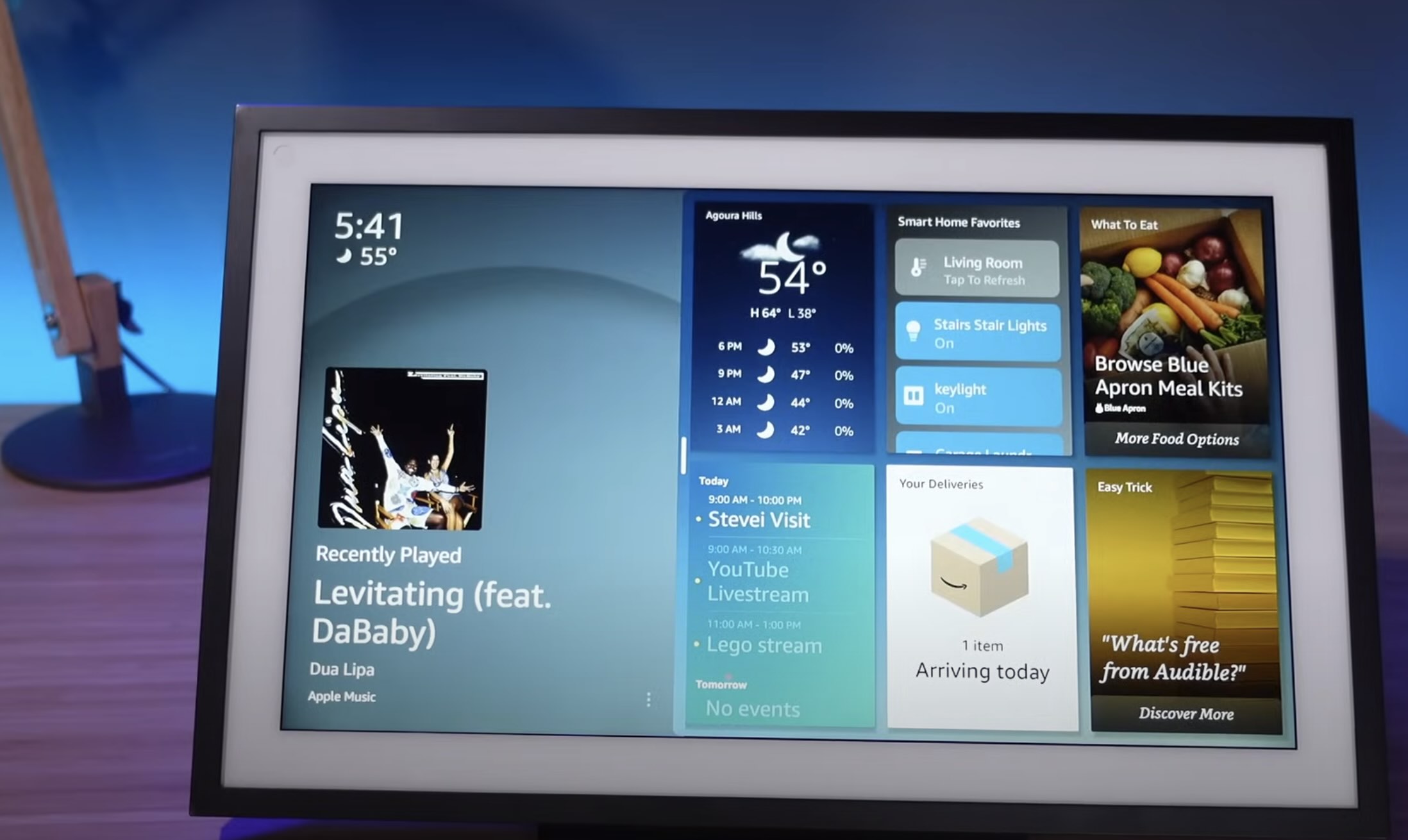
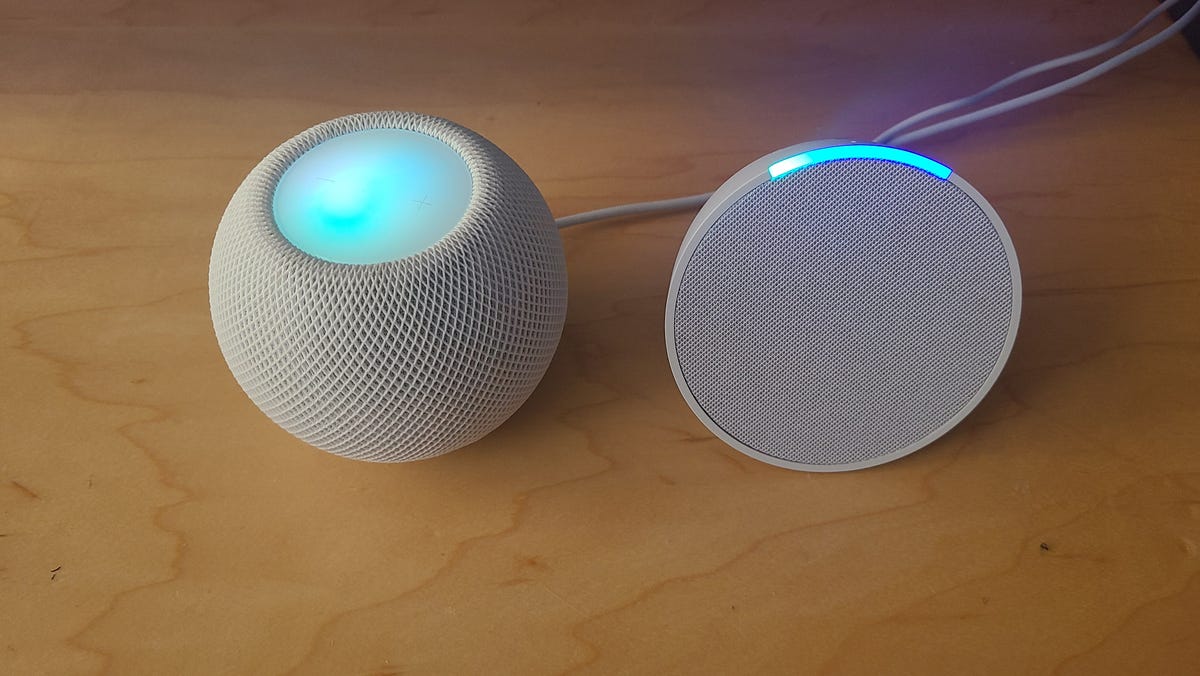
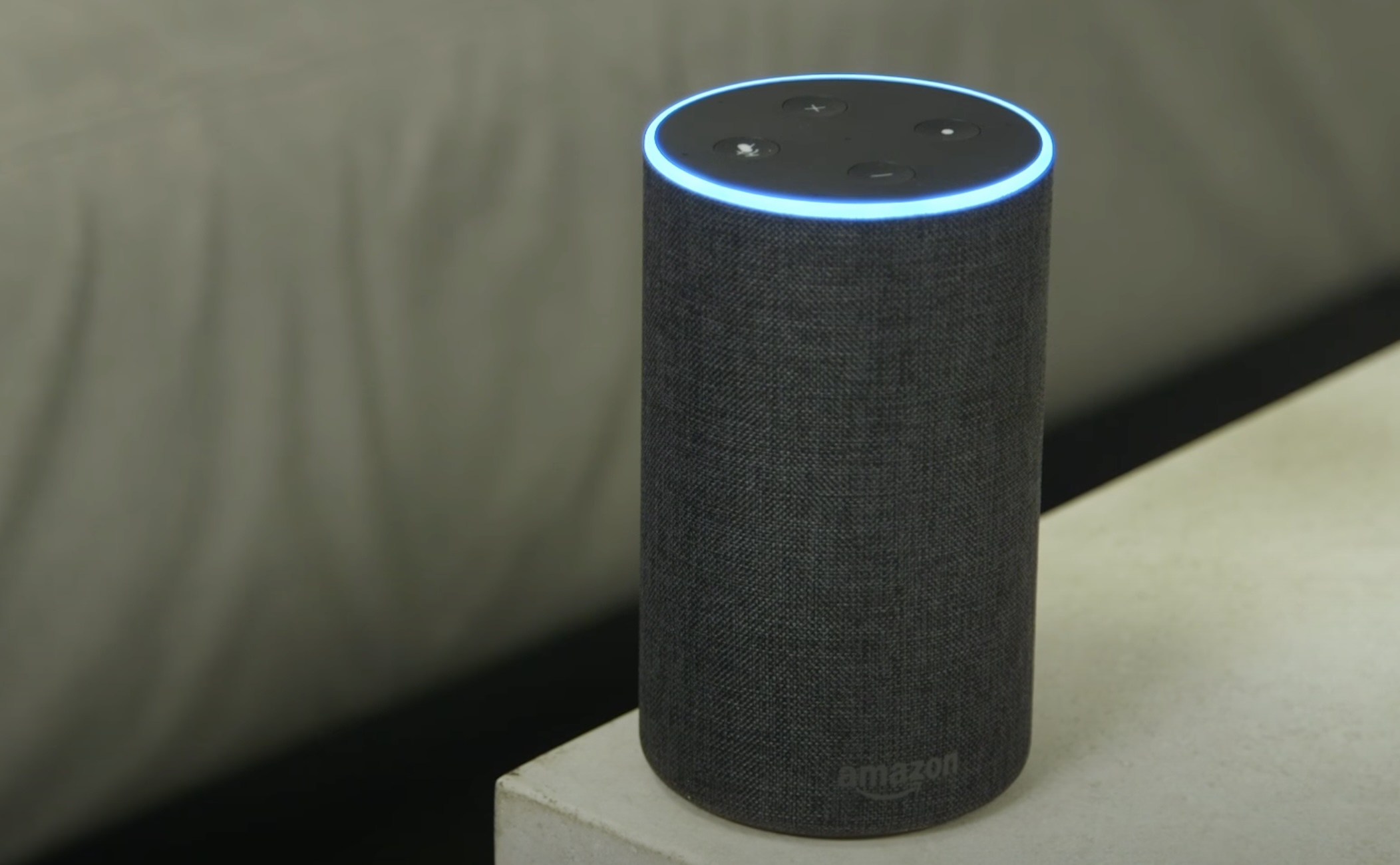


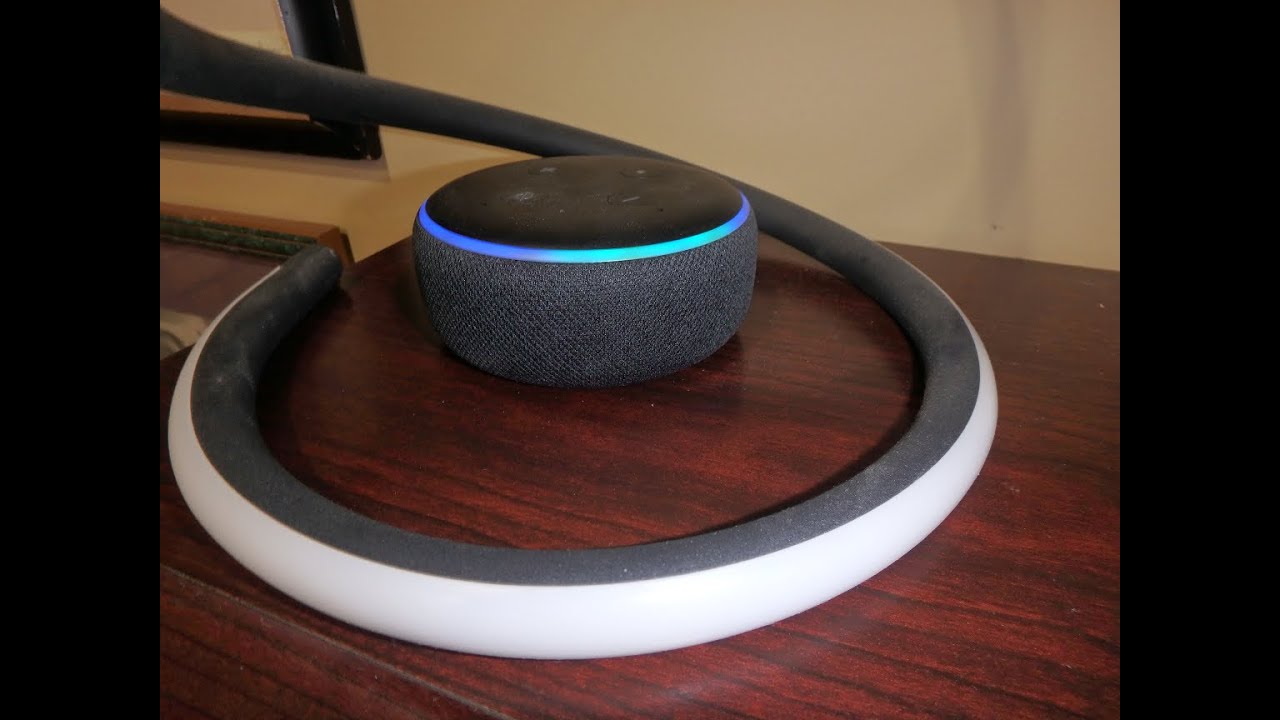
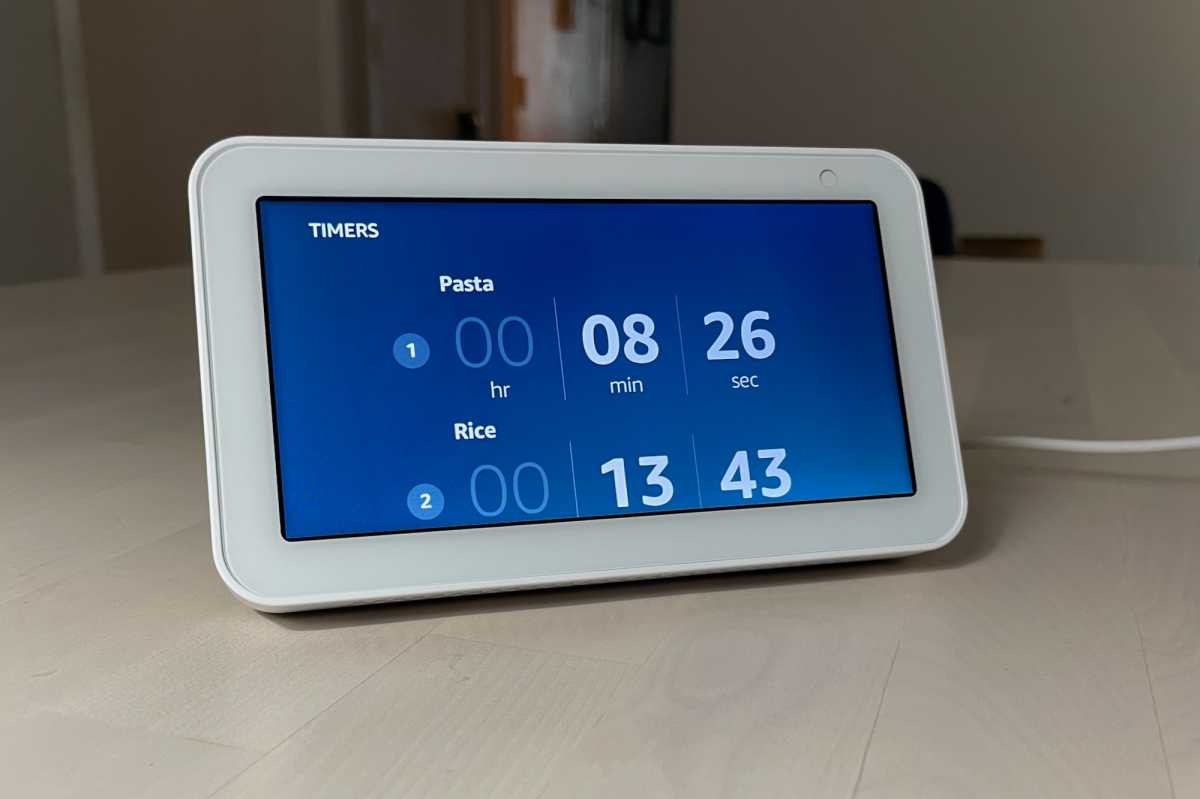
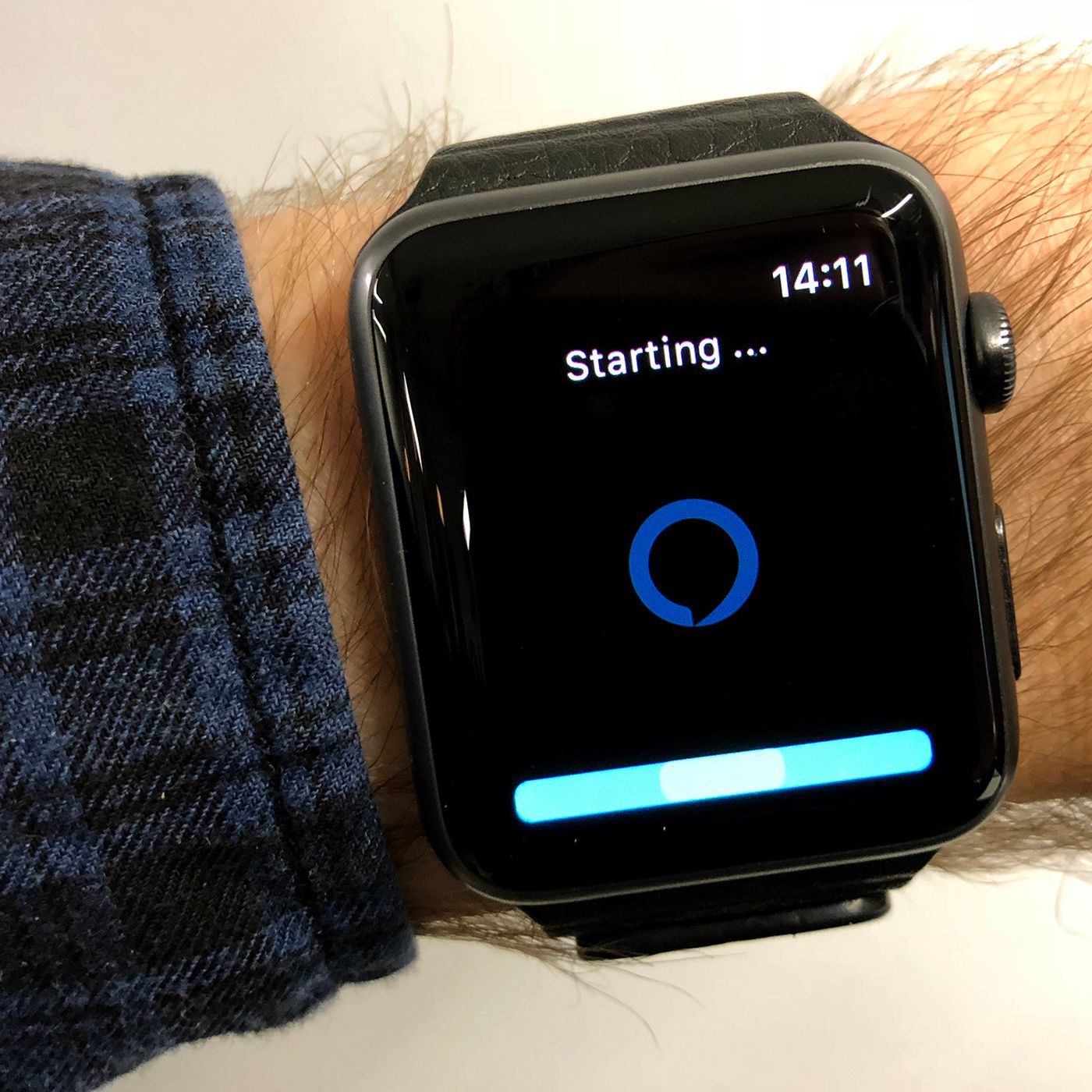


0 thoughts on “How To Get Alexa To Only Respond To Your Voice”